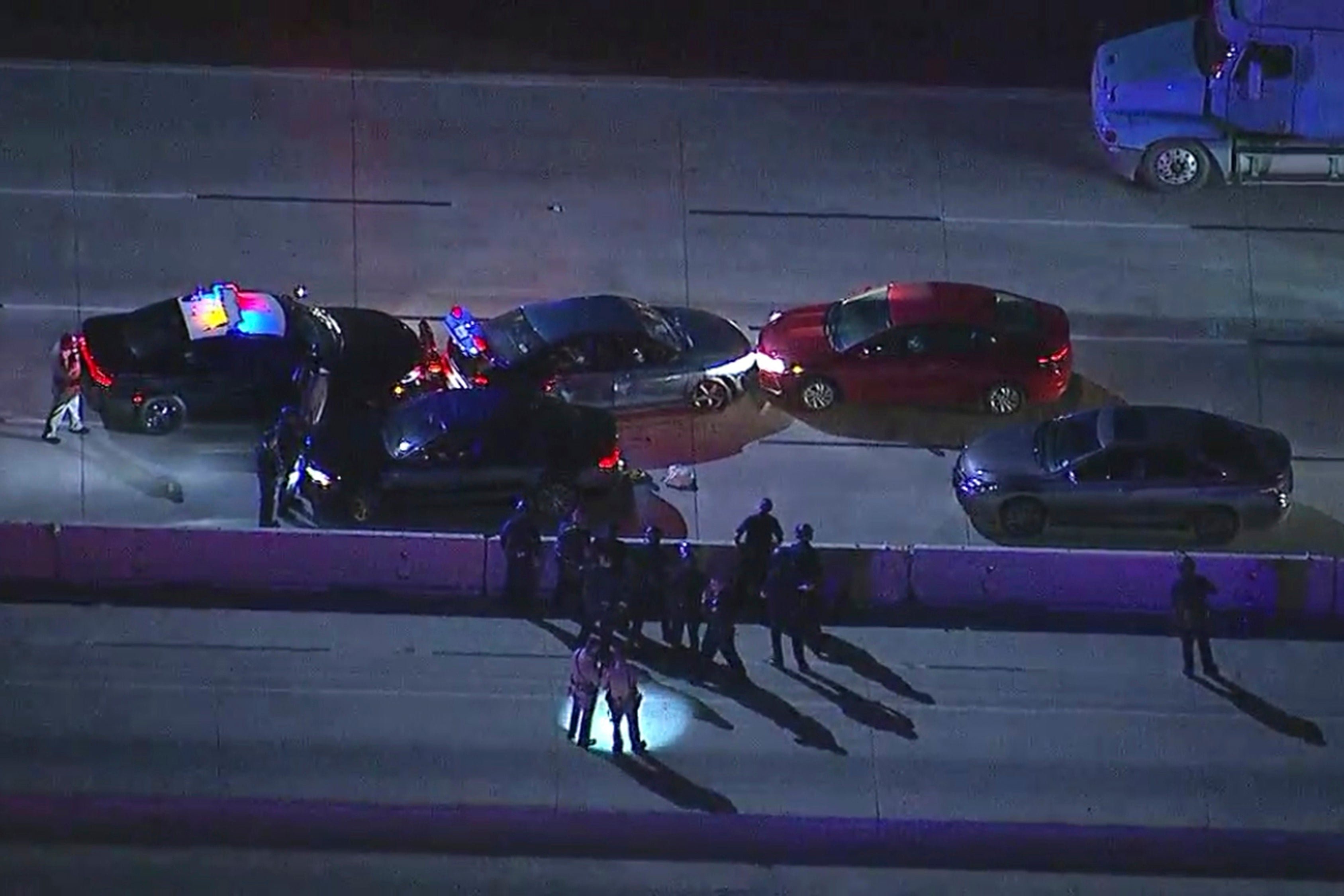Report: Data from 2022 California traffic stops shows 'pervasive pattern' of racial profiling
While Black people make up 5.4% of California’s population, law enforcement agencies reported that they accounted for 12.5% of traffic stops in 2022

Black people accounted for nearly 13% of traffic stops in California in 2022, far above their 5% share of the state’s population, according to a report released Wednesday under a law designed to address racial profiling of motorists and pedestrians by police.
The annual report, compiled by California’s Racial and Identity Profiling Advisory Board, for the first time included data from all law enforcement agencies in the state.
Andrea Guerrero, co-chairperson of the board and executive director of Alliance San Diego, said in a statement that the “scale of data that California is collecting allows us to say definitively that profiling exists — it is a pervasive pattern across the state.”
“We must now turn to the hard work of ending profiling by bringing all the stakeholders to the table to ascertain and change the policies and the practices that enable it,” Guerrero said.
The board’s report includes data from nearly 4.6 million vehicle and pedestrian stops by officers from 535 law enforcement agencies in 2022. Another 25 departments each reported conducting zero stops in 2022.
The report includes what officers perceived to be the race, ethnicity, gender and disability status of people they stop so that the state can better identify and analyze bias in policing.
The data includes how officers perceive an individual’s race or gender, even if it’s different than how the person identifies, because the officer’s perception is what drives bias, the report said.
The board’s work informs agencies, the state’s police office training board and state lawmakers as they change policies and seek to decrease racial disparities and bias in policing.
Police reported that Hispanic or Latino people made up nearly 43% of the 2002 traffic stops, and that white people accounted for more than 32%.
Census estimates from 2021 say Black or African American people made up only 5.4% of California’s population of roughly 39 million, while white people were about 35.8%. Hispanic or Latino people made up roughly 32% of the state’s population that year.
The advisory board used 2021 population figures because it was the most recent data available at the time of their analysis.